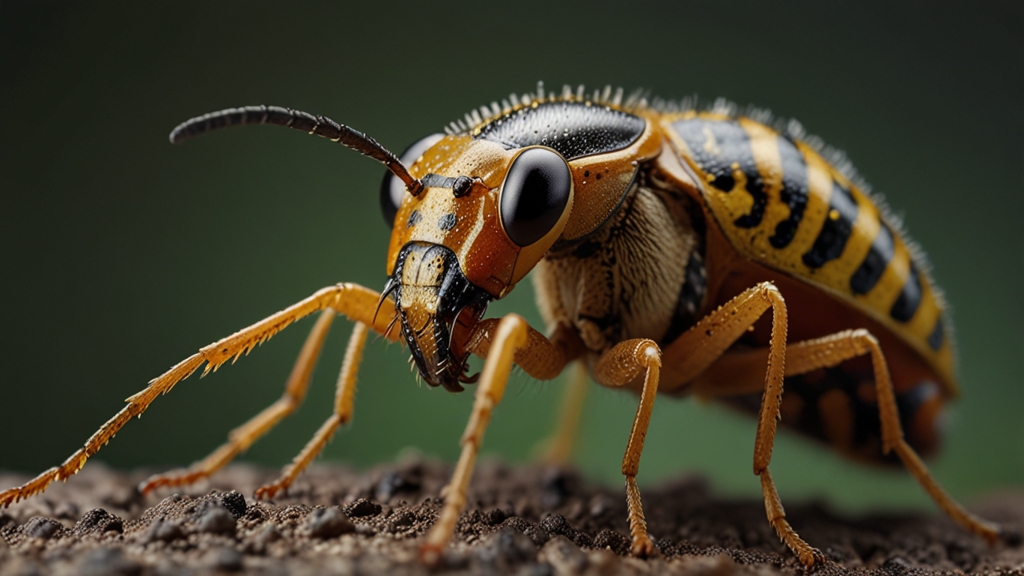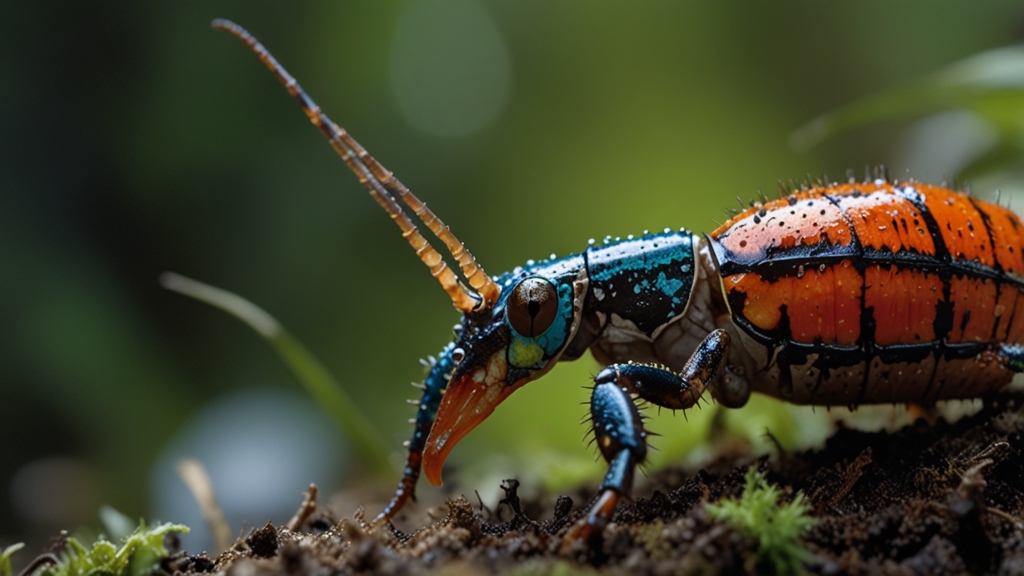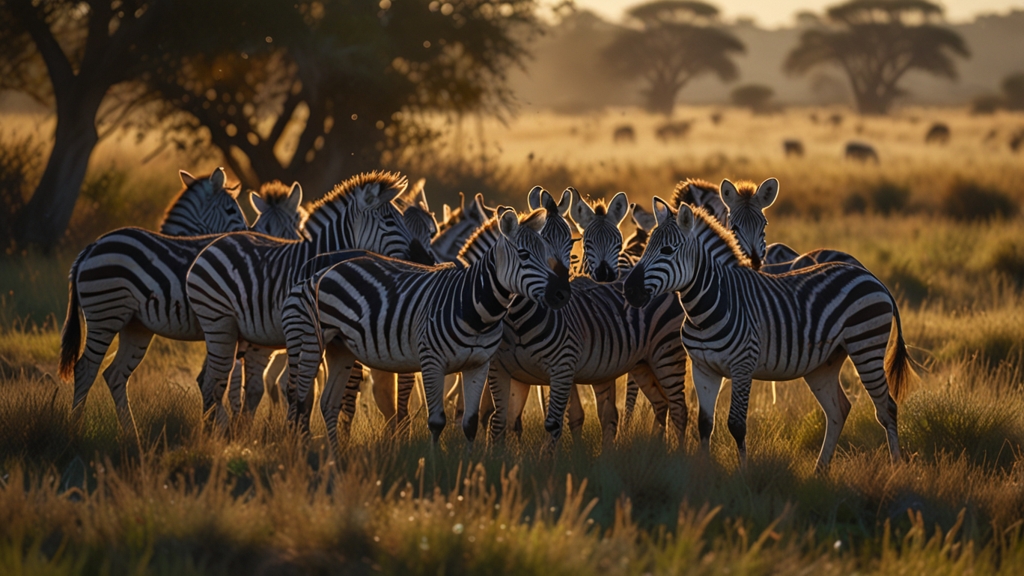The Fascinating Rituals of Insect Mating: Nature's Dance of Life
In the diverse world of animals, insects stand out with some of the most intricate, fascinating, and sometimes bewildering mating rituals. From elaborate dances to fierce battles, these small creatures often exhibit behaviors that seem almost otherworldly. Understanding these rituals provides us with fascinating insights into the complex tapestry of nature's reproductive strategies.
The Courtship Dance: An Elaborate Display
One of the most enchanting aspects of insect mating rituals is the courtship dance. For instance, the fruit fly performs a precise dance involving wing vibrations and intricate movements to entice its mate. Similarly, male fireflies use bioluminescent signals to communicate with potential mates, creating a dazzling light show during warm summer nights.
These dances are not just about impressing a mate; they are also means of species-specific communication. Each dance is unique to its species, ensuring that they attract the right partner for successful reproduction. Thus, the courtship dance serves both as a form of attraction and as a reproductive isolation mechanism.
The Battle for Mates: Displays of Strength
In some species, the path to mating involves intense competition and displays of strength. Male stag beetles, for example, engage in ferocious jousts using their large, antler-like mandibles. These battles determine dominance, with the winner gaining the chance to mate with a female.
This competitive behavior ensures that only the fittest males succeed in passing on their genes. Evolution has shaped these rituals, making them critical for the survival of the species and the continuation of genetic lines.
Unique Adaptations: Masters of Survival
Insects are known for their remarkable adaptations that aid in their survival and reproduction. One remarkable example is the mantis mating ritual, which is both intriguing and macabre. Female mantises are known to occasionally consume their mates during or after copulation. While this behavior might seem brutal, it provides the female with essential nutrients, which can enhance the survival of the offspring.
"The natural world is full of surprising behaviors, and insects never fail to astonish us with their unique adaptations for survival and reproduction."
Another fascinating adaptation is observed in honeybees. The male drones' sole purpose is to mate with the queen. After mating, the drone dies soon after, while the queen stores the sperm to fertilize eggs throughout her life. This sacrificial act ensures the propagation of the hive’s genetic material.
Sensory Signals: Communication Beyond Words
Insects rely heavily on their sensory abilities to find and attract mates. Pheromones play a crucial role in this process. Moths, for instance, use these chemical signals to communicate over vast distances. A female moth releases pheromones into the air, which can attract males from miles away, guided by their highly sensitive antennae.
"The ability of insects to communicate using such refined sensory signals is a testament to the complexity and sophistication of their behaviors."
Other insects, like crickets and cicadas, utilize sound to find mates. These insects produce songs or calls that resonate through the air, drawing potential partners to them. Each species has its own unique call, ensuring that the signal reaches the intended recipient amidst the cacophony of nature.
The Evolutionary Perspective: Adaptation and Survival
The diverse mating rituals of insects are the result of millions of years of evolution. These behaviors have evolved to maximize reproductive success and ensure the continuation of the species. Whether through dazzling light displays, fierce battles, or chemical signals, insects have developed an array of strategies to thrive in their environments.
Each of these rituals offers a glimpse into the complexity of natural selection and adaptation. As we study these behaviors, we not only learn about insects but also gain a deeper appreciation for the intricacies of life on Earth.
Conclusion: Celebrating Nature’s Dance
The mating rituals of insects are a testament to the wonders of the natural world. They highlight the creativity and resiliency of life, showcasing a dance that has been perfected over eons. By observing and understanding these rituals, we celebrate the beauty and diversity of nature’s intricate choreography.
In every flutter, buzz, and glow, there is a story of survival, adaptation, and the relentless drive to continue the dance of life. These rituals remind us that even the smallest creatures have a vital role to play in the grand narrative of nature.












